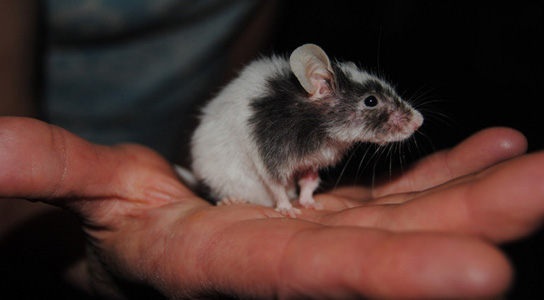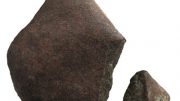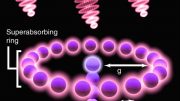
Researchers have developed sleep-based therapies to address traumatic memories. Credit: Image by angeladellatorre under Creative Commons license
Researchers at Stanford University have been able to provide sleep-based therapies to deal with traumatic memories, which could reduce fearful responses during waking hours.
The scientists presented their findings at the Society for Neuroscience meeting in New Orleans, Louisiana. Sleep-based therapies could help treat conditions like post-traumatic stress disorder. One of the most common treatments for PTSD requires the patient to recall the original trauma in a controlled environment. With repeated exposures to the memory, patients can learn how to deal with it and avoid further flashbacks.

A Eunuch’s Dream by Jean-Jules-Antoine Lecomte du Nouÿ, via Wikimedia Commons.
Many patients who undergo that therapy eventually relapse. As an alternative, the scientists have been trying to see if they could manipulate memories during the sleep cycle. They trained mice to fear the smell of jasmine by repeatedly pairing puffs of amyl acetate with weak electric shocks delivered to their feet. After 24 hours, the mice would freeze upon smelling the chemical.
The researchers administered a protein blocker into the basolateral amygdala, the area of the brain associated with the storage of fearful memories, just before the mice went to sleep. Then, while the mice slept, they were repeatedly exposed to the odor puffs. Upon waking up, the animals showed a reduced fear response to the chemical odor puffs that carried over to new environments.
It’s causing a reactivation of the same neurons that encoded the information during wakefulness, states Gina Poe, a sleep researcher at the University of Michigan. She thinks that the protein synthesis drug doesn’t allow the memory to be restored in the same way as it was before.
This drug isn’t safe for humans, but existing anti-anxiety medications could potentially have similar effects when paired with sleep-based exposure therapy. Further tests are needed to uncover the exact cellular mechanisms of the treatment.









Be the first to comment on "Traumatic Memories Manipulated in Sleeping Mice"